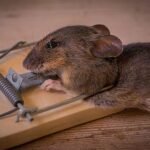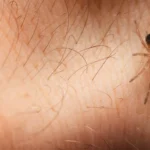Flies buzzing around your home can be more than just a nuisance; they can also pose health risks. Whether you’re dealing with common houseflies, persistent fruit flies, or those pesky drain flies, effective fly pest control is essential. In this comprehensive guide, we’ll explore proven strategies for how to kill flies in your house using various techniques, including fly killer devices and stable pest control fly traps. Discover the best methods for pest control fruit flies, and learn how to kill fruit flies and drain flies efficiently. With our expert tips on fly and pest control, you’ll be equipped to create a fly-free home environment.
Struggling with flies invading your living space? You’re not alone. Flies, especially fruit flies and drain flies, can be incredibly persistent. This article will provide you with essential fly pest control strategies to tackle the problem head-on. From understanding the best practices for pest control for flies to using specialized tools like fly killer devices and stable pest control fly traps, we’ve got you covered. Learn how to kill flies in house settings effectively, ensuring a cleaner and more comfortable home. We’ll also delve into specific methods to kill fruit flies and drain flies, making your home a less attractive target for these unwelcome guests.
A fly infestation can turn your home from a sanctuary into a battleground. But with the right fly pest control strategies, you can reclaim your space. In this article, we’ll cover everything you need to know about how to kill flies in your house, including effective fly and pest control techniques. Whether you’re dealing with the common housefly or more specific issues like fruit fly pest control and drain fly killers, our guide will provide you with practical solutions. We’ll explore various methods, from traditional fly killers to innovative stable pest control fly traps, ensuring you have all the tools needed to combat and kill fruit flies and other pests.
Introduction
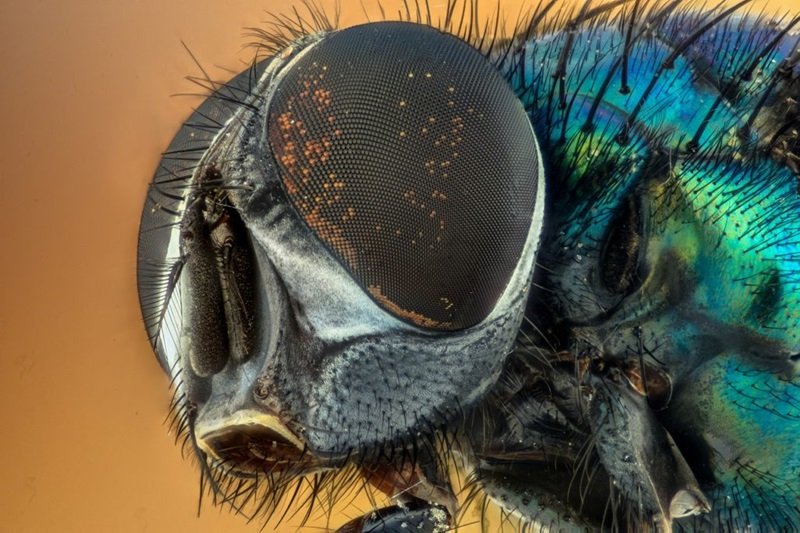
Flies buzzing around your home are more than just an annoyance; they can also pose serious health risks. In this article, we will delve into essential strategies for effective fly pest control, focusing on how to kill flies in your house. Whether you’re dealing with pesky houseflies, persistent fruit flies, or stubborn drain flies, our comprehensive guide will provide you with the best practices for fly and pest control. Learn about the latest tools and techniques, including stable pest control fly traps and natural remedies, to ensure a fly-free environment in your home.
Importance of Fly Pest Control
Effective fly pest control is crucial for maintaining a healthy and hygienic home. Flies can spread diseases by contaminating food and surfaces, making it essential to address infestations promptly. By understanding how to kill flies in house settings and employing targeted pest control for flies, you can significantly reduce the risk of illness. Using tools like fly killers and stable pest control fly traps can help manage fly populations efficiently. Additionally, implementing preventative measures for pest control fruit flies and other types of flies ensures long-term protection for your home and family.
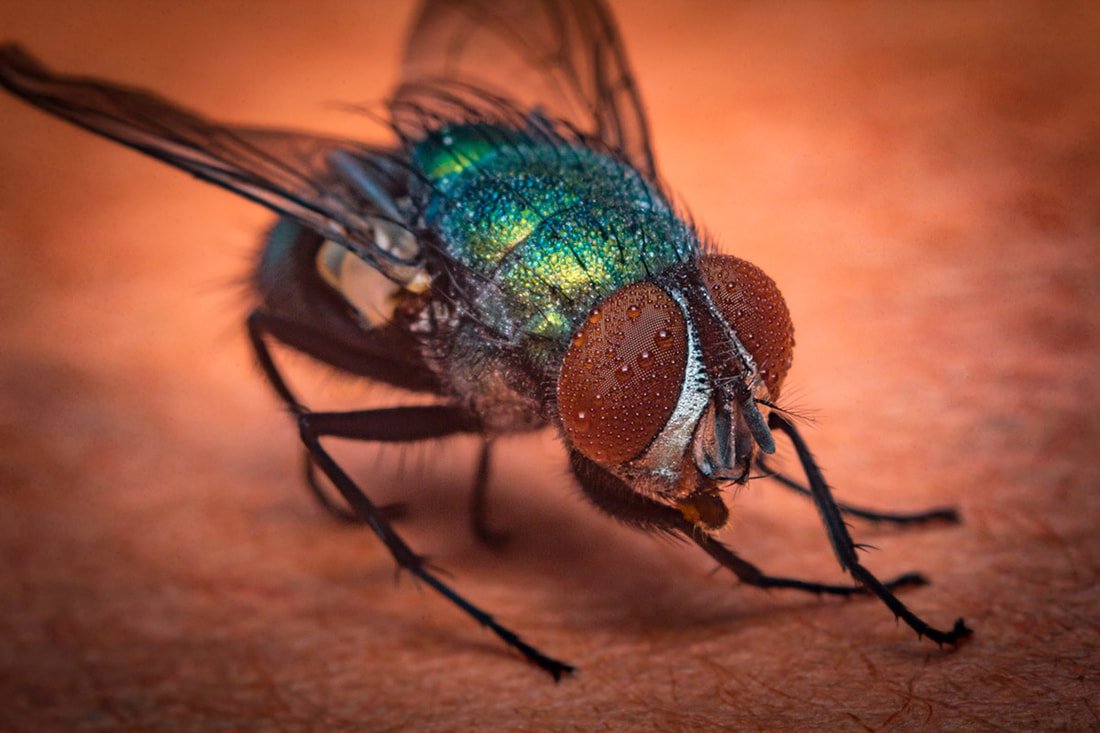
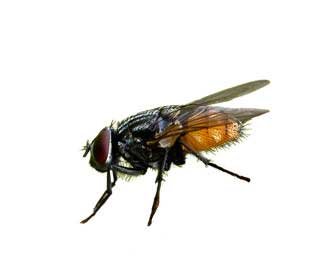
Overview of Common Household Flies
Household flies come in various forms, each requiring specific control strategies. The common housefly is a frequent visitor, known for its rapid breeding and potential to spread diseases. Fruit flies, often found around ripe or decaying produce, require targeted fruit fly pest control methods. Drain flies, thriving in moist environments, necessitate specialized approaches like drain fly killers. Understanding the behavior and habitat of each type of fly is essential for effective flies pest control. Our guide will cover how to kill fruit flies, how to kill drain flies, and other specific techniques to keep your home fly-free.
Understanding the Different Types of Flies
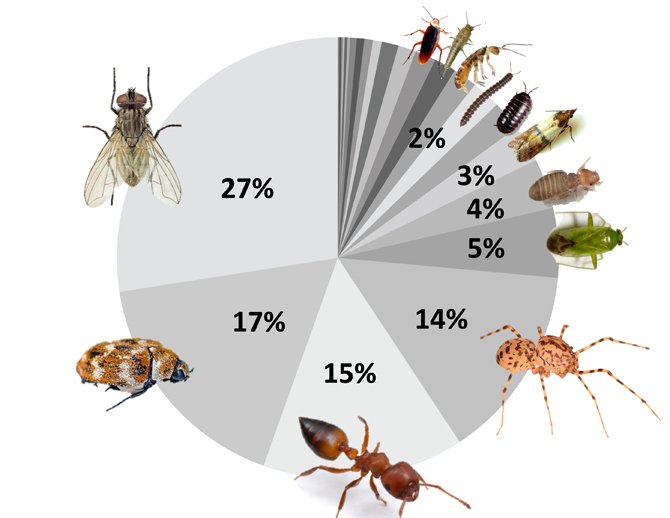
To effectively implement fly pest control, it’s essential to understand the different types of flies that can invade your home. Each type of fly has unique behaviors and habitats, which influence the strategies needed for successful pest control. In this section, we will explore house flies, fruit flies, and drain flies, providing insights into their characteristics and the best methods for controlling their populations. By understanding these differences, you can employ more targeted and effective fly and pest control measures.
House Flies
House flies are the most common type of fly found in households. They are known for their rapid breeding and ability to spread diseases by contaminating food and surfaces. Effective fly pest control for house flies involves maintaining cleanliness, using fly killers, and setting up stable pest control fly traps. Ensuring proper waste management and food storage can also help prevent infestations. For those wondering how to kill flies in house environments, a combination of these methods will provide the best results. Consistent monitoring and timely action are key to keeping house fly populations under control.

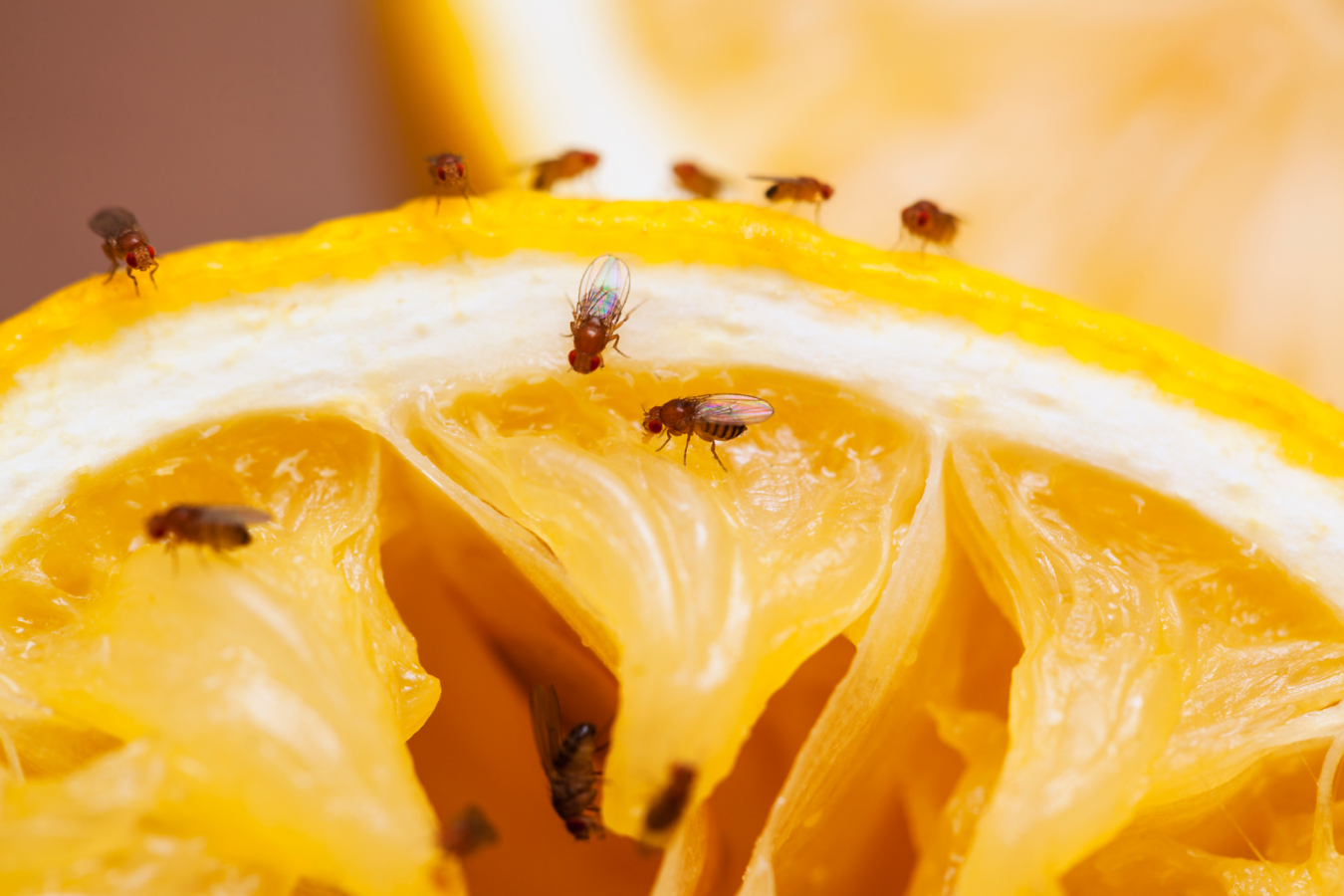
Fruit Flies
Fruit flies are small but persistent pests that are often found around ripe or decaying fruits and vegetables. These flies can quickly become a nuisance, especially in kitchens. Effective fruit fly pest control requires identifying and removing breeding sources, such as overripe produce. Using fruit fly killers and specialized traps can help manage their populations. To effectively kill fruit flies and prevent future infestations, it’s essential to keep your kitchen clean and store fruits and vegetables properly. Understanding how to kill fruit flies is crucial for maintaining a hygienic home environment.
Drain Flies
Drain flies, also known as moth flies, thrive in moist environments like drains and sewage systems. These flies can be particularly challenging to control due to their breeding habits. Effective drain fly pest control involves regular cleaning and maintenance of drains to remove organic matter where they breed. Using a drain fly killer can help target and eliminate these pests. For those dealing with persistent infestations, understanding how to kill drain flies involves a combination of cleaning, chemical treatments, and preventative measures. Keeping drains free of debris and standing water is crucial for long-term control.
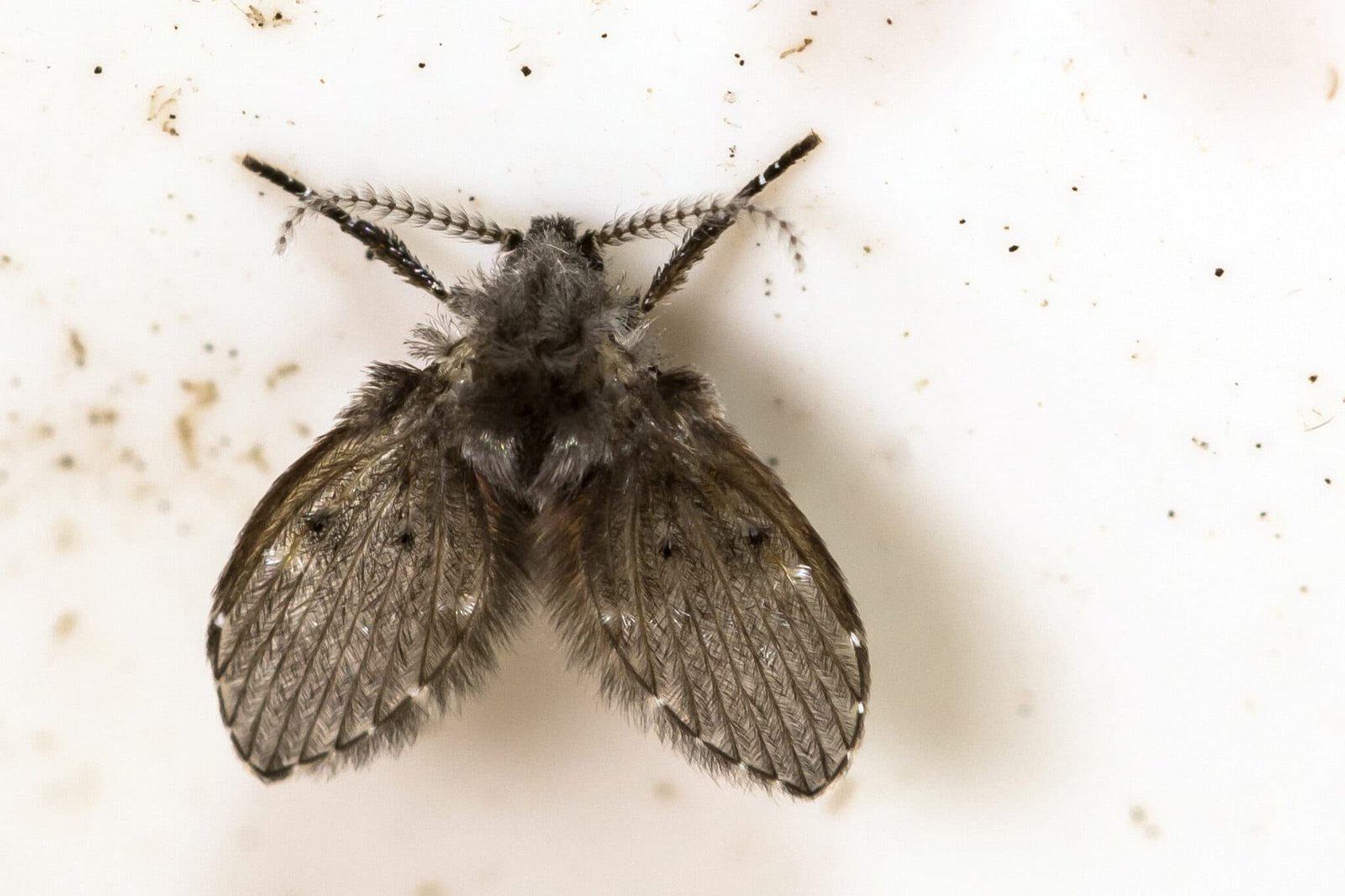
Preventative Measures for Fly Control
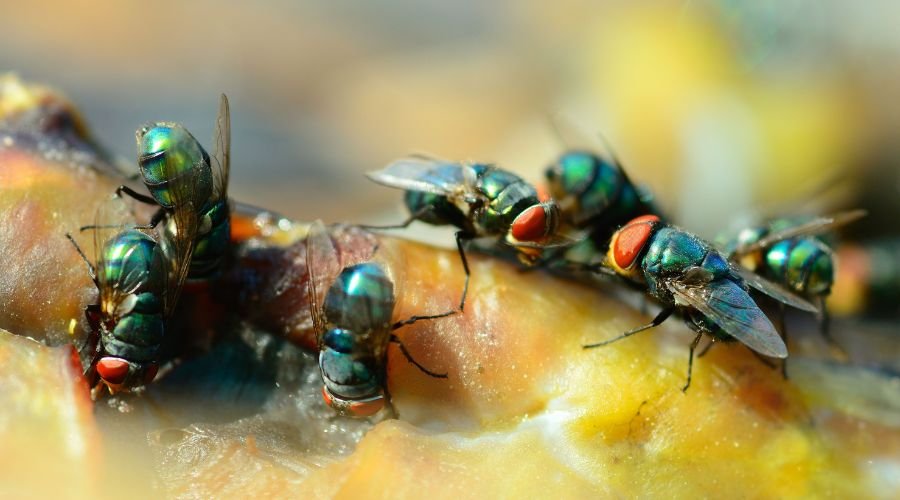
Effective fly pest control starts with preventative measures to reduce the chances of infestations. By maintaining cleanliness, practicing proper food storage, and managing waste effectively, you can significantly lower the risk of flies invading your home. Understanding these strategies is key to implementing successful fly and pest control methods and ensuring a healthy living environment.
Maintaining Cleanliness
Maintaining cleanliness is crucial for fly pest control. Regularly cleaning surfaces, disposing of food waste, and ensuring that no crumbs or spills are left unattended can help prevent flies from breeding in your home. Pay special attention to kitchen counters, dining areas, and places where food is prepared or consumed. A clean environment discourages flies from settling in, reducing the need for frequent use of fly killers or stable pest control fly traps.
Proper Food Storage
Proper food storage is another essential aspect of fly and pest control. Store food in airtight containers to prevent flies from accessing it. Refrigerate fruits and vegetables, especially those that are ripe, to avoid attracting fruit flies. Implementing these simple practices can significantly aid in pest control for flies and help you avoid the hassle of having to kill fruit flies or other pests that are drawn to exposed food items.
Managing Waste Effectively
Managing waste effectively is critical for flies pest control. Ensure that garbage bins are tightly sealed and emptied regularly to prevent flies from breeding in trash. Use bin liners and clean bins frequently to eliminate any residual odors that might attract flies. By managing waste properly, you create a less inviting environment for flies, making your fly pest control efforts more effective and reducing the need for frequent use of drain fly killers or other pest control measures.
Identifying the Source of Infestation
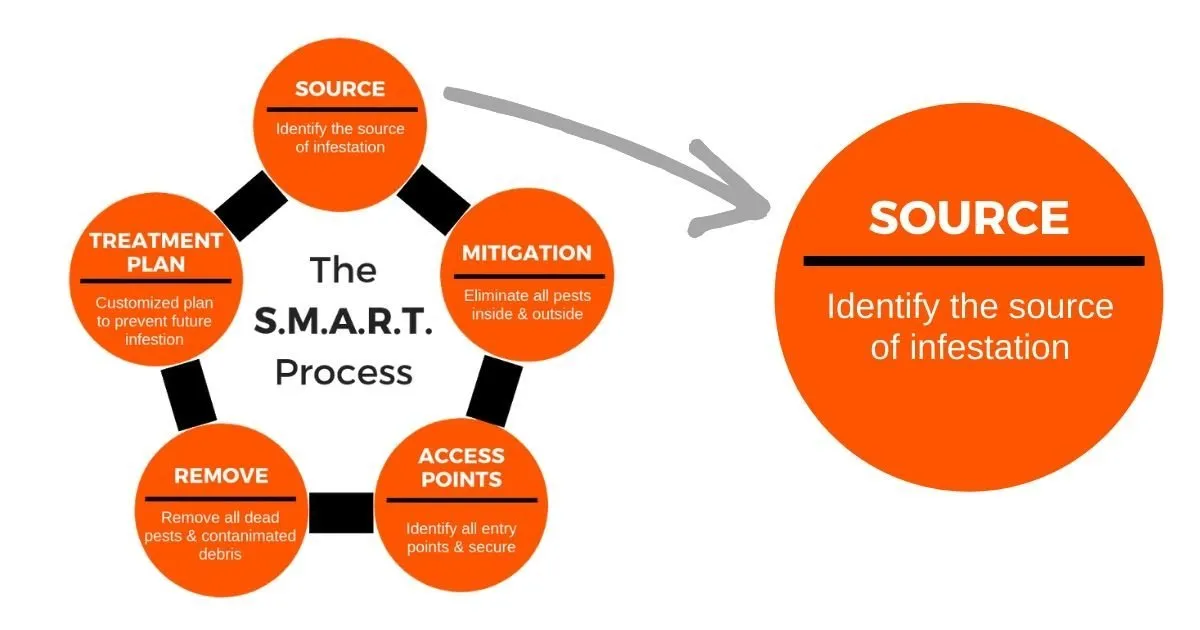
To achieve effective fly pest control, it’s essential to identify the source of infestation. This involves locating breeding grounds and inspecting drains and garbage areas. By understanding where flies are coming from, you can implement targeted fly and pest control strategies to eliminate them at their source.
Locating Breeding Grounds
Locating breeding grounds is a fundamental step in fly pest control. Flies typically breed in areas where organic matter is present, such as garbage bins, compost piles, and spoiled food. Regularly inspect these areas to identify and remove any potential breeding sites. Addressing these hotspots can significantly reduce the fly population in your home and improve the effectiveness of your fly and pest control efforts.
Inspecting Drains and Garbage Areas
Inspecting drains and garbage areas is crucial for comprehensive pest control for flies. Drains can harbor drain flies, which breed in the organic matter that accumulates in pipes. Regularly clean and maintain drains to prevent these infestations. Similarly, ensure that garbage areas are clean and bins are tightly sealed. These measures help eliminate potential breeding sites and enhance the overall effectiveness of your fly pest control strategy.
Natural Methods to Kill Flies in Your House
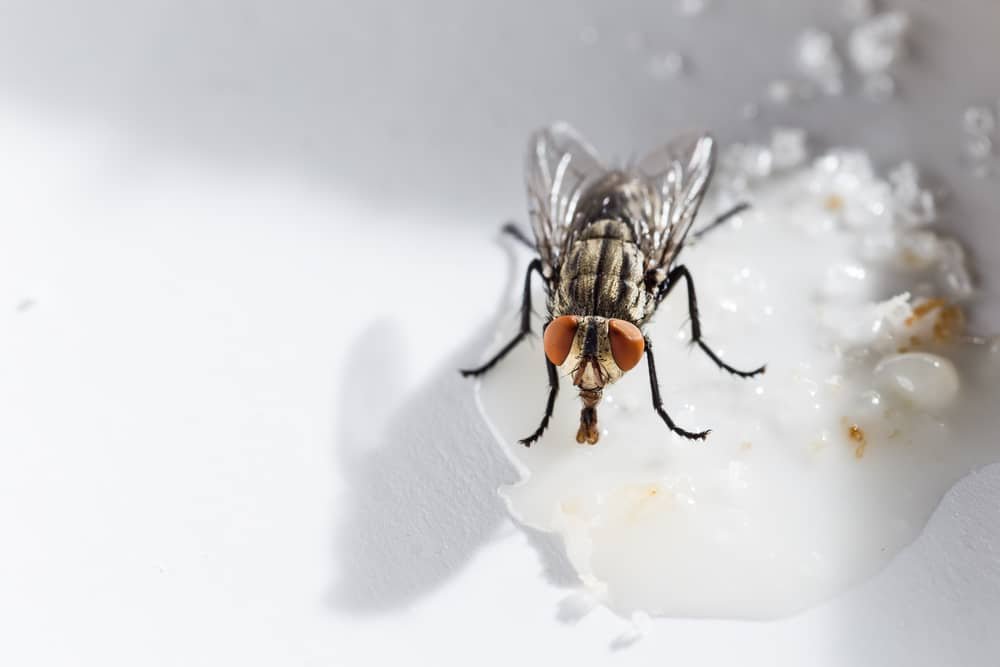
Natural methods to kill flies in your house offer a safe and eco-friendly alternative to chemical fly killers. Homemade fly traps, essential oils, and vinegar and soap solutions can effectively manage fly populations without the use of harsh chemicals. These methods are particularly useful for those seeking on-the-fly pest control solutions.
Homemade Fly Traps
Homemade fly traps are an effective way to implement fly pest control naturally. You can create simple traps using common household items such as sugar, vinegar, and dish soap. These traps attract flies and trap them, reducing their population in your home. Homemade fly traps are an excellent solution for those wondering how to kill flies in house settings without resorting to chemical fly killers.
Essential Oils and Natural Repellents
Essential oils and natural repellents are powerful tools for flies pest control. Oils such as eucalyptus, lavender, and peppermint have strong scents that deter flies. You can create natural repellents by mixing these oils with water and spraying them around your home. This method not only helps in fly and pest control but also adds a pleasant aroma to your living space, making it a preferable option for many homeowners.
Vinegar and Soap Solutions
Vinegar and soap solutions are another effective natural method for pest control flies. Mixing vinegar with a few drops of dish soap creates a solution that attracts and traps flies. The soap reduces the surface tension of the vinegar, causing flies to sink and drown. This simple yet effective solution is ideal for those looking for ways to kill fruit flies, drain flies, and other common household flies without using harsh chemicals.
Using Commercial Fly Killers
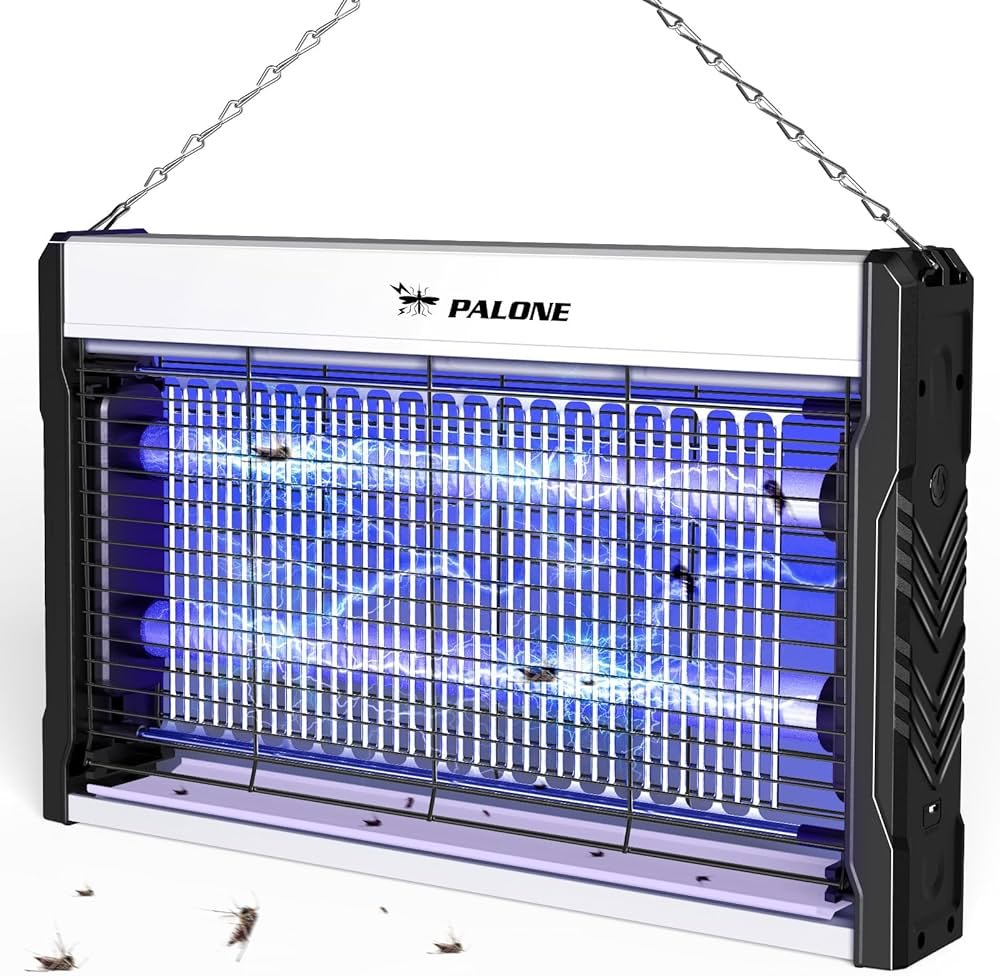
Commercial fly killers offer a range of solutions for effective fly pest control in your home. These products are designed to quickly reduce fly populations using various methods, including sprays, swatters, and ultrasonic repellents. Understanding how to use these tools can enhance your fly and pest control efforts, ensuring a cleaner and more comfortable living environment.
Fly Killer Sprays
Fly killer sprays are a popular choice for immediate fly pest control. These sprays contain insecticides that kill flies on contact, providing a quick solution to infestations. They are effective for targeting individual flies and can be used around the home, particularly in areas where flies are most active. While using fly killer sprays, ensure proper ventilation and follow the instructions on the label to maintain safety and effectiveness.
Electric Fly Swatters
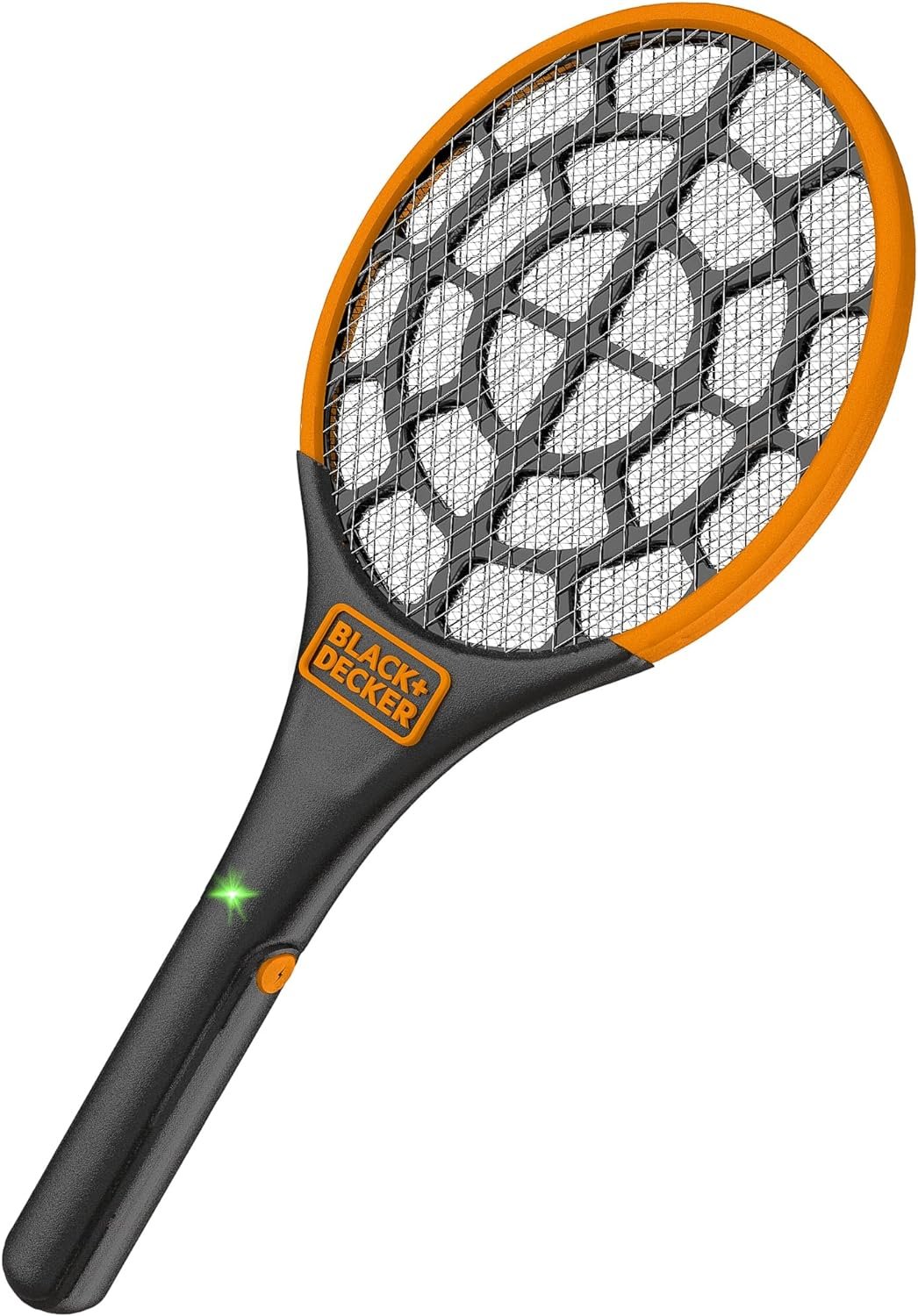
Electric fly swatters offer a more interactive approach to fly and pest control. These devices use an electric grid to instantly kill flies upon contact. They are highly effective for both indoor and outdoor use, providing a convenient way to manage fly populations. Electric fly swatters are particularly useful for those wondering how to kill flies in house settings without relying on chemicals. Simply swing the swatter to zap flies quickly and efficiently.
Ultrasonic Fly Repellents
Ultrasonic fly repellents provide a modern, chemical-free solution for pest control flies. These devices emit high-frequency sound waves that are inaudible to humans but disturb flies and other pests, driving them away from your home. Ultrasonic repellents are easy to use and require minimal maintenance, making them an excellent addition to your fly pest control arsenal. They are especially useful in areas where traditional methods might be less effective or desirable.
Specialized Fly Control Techniques
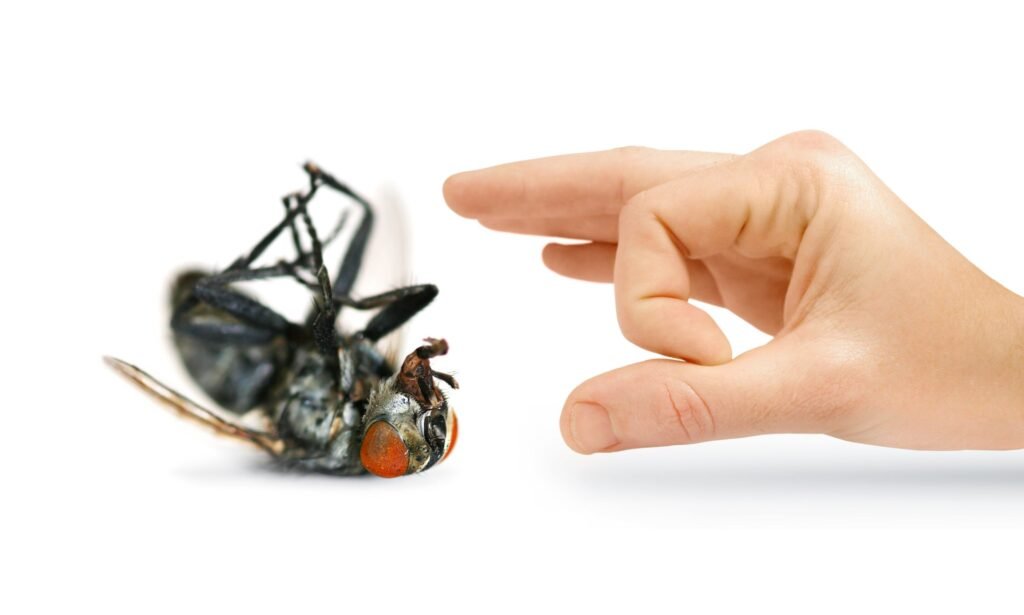
Specialized fly control techniques utilize targeted methods to effectively manage fly populations in various environments. These techniques include stable pest control fly traps, sticky traps and fly papers, and insecticide treatments, each offering unique advantages for fly pest control.
Stable Pest Control Fly Traps
Stable pest control fly traps are designed to attract and capture flies in agricultural and outdoor settings. These traps use pheromones or other attractants to lure flies into a container where they are trapped and unable to escape. Stable pest control fly traps are particularly effective for large areas such as barns, stables, and outdoor dining spaces, where flies can be a persistent nuisance.
Sticky Traps and Fly Papers
Sticky traps and fly papers are simple yet effective tools for indoor fly pest control. These products use adhesive surfaces to trap flies upon contact, preventing them from flying away and reproducing. Sticky traps and fly papers are non-toxic and easy to use, making them suitable for residential and commercial settings alike. Regularly replacing these traps ensures continued effectiveness in managing fly populations.
Insecticide Treatments
Insecticide treatments provide a powerful solution for severe fly infestations. These treatments can be applied as sprays, foggers, or powders to target and eliminate flies quickly. Insecticide treatments are effective for controlling various fly species, including house flies, fruit flies, and drain flies. When using insecticides, it’s essential to follow safety guidelines and application instructions to ensure both effectiveness and safety.
Effective Pest Control for Fruit Flies
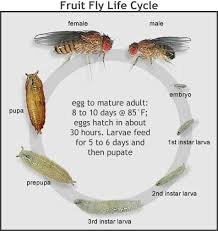
Effective pest control for fruit flies requires a proactive approach to identify infestations, use appropriate traps, and implement preventative measures to reduce attractiveness to these pests. By understanding how to control fruit flies effectively, you can maintain a clean and healthy environment in your home.
Identifying Fruit Fly Infestations
Identifying fruit fly infestations involves recognizing small flies hovering around fruits, vegetables, or other decaying organic matter. Early detection allows for prompt action using fruit fly traps or other methods to prevent a larger infestation. Regular monitoring and sanitation practices are crucial for effective fruit fly pest control.
Using Fruit Fly Traps
Using fruit fly traps is a proactive method to manage fruit fly populations. These traps utilize attractants such as vinegar or fermented liquids to lure flies into a container where they are trapped and unable to escape. Commercial traps or DIY solutions can be effective, especially in areas prone to fruit fly activity like kitchens and pantries. Regularly emptying and replacing traps ensures ongoing control.
Preventative Measures for Fruit Flies
Preventative measures play a key role in fruit fly pest control. Store fruits and vegetables in the refrigerator or sealed containers to reduce attractiveness to flies. Promptly dispose of overripe produce and clean spillage to eliminate potential breeding sites. By implementing these preventative measures, you can minimize the risk of fruit fly infestations and maintain a pest-free environment.
How to Kill Drain Flies

Drain flies, also known as moth flies, require specific strategies for effective pest control due to their preference for moist environments like drains. Understanding their habits and using appropriate methods such as cleaning drains and applying drain fly killers can help effectively eliminate these pests from your home.
Understanding Drain Fly Habits
Understanding drain fly habits is essential for effective pest control flies. Drain flies lay eggs in organic matter found in drains and sewage systems, making these areas their primary breeding grounds. They are active during the evening and night, often seen near drains or moist surfaces. Identifying these habits allows for targeted interventions to reduce drain fly populations.
Cleaning and Maintaining Drains
Cleaning and maintaining drains are critical steps in how to kill drain flies. Regularly clean drains using a brush and drain cleaner to remove organic buildup where flies breed. Pouring boiling water down drains can also help kill larvae and eggs. Keeping drains clean and free of debris reduces the attractiveness of these areas to drain flies and supports effective pest control.
Using Drain Fly Killers
Using drain fly killers provides a direct approach to eliminate drain flies. These products are formulated to target flies and larvae within the drain system. Apply drain fly killers according to manufacturer instructions to ensure effective results. Combining these treatments with regular drain maintenance supports ongoing pest control efforts, keeping your home free from drain fly infestations.
DIY Solutions and Home Remedies
DIY solutions and home remedies offer natural and cost-effective alternatives to chemical products for managing fly pest control. From homemade traps to using natural ingredients, these methods provide options for those seeking effective on-the-fly pest control solutions.
Homemade Fly Traps and Repellents
Homemade fly traps and repellents are simple yet effective DIY solutions for fly pest control. Create traps using ingredients like sugar, vinegar, and dish soap to attract and trap flies. Natural repellents can be made using essential oils such as lavender or eucalyptus mixed with water. These natural methods help manage fly populations without the use of chemicals, making them safe for use around the home.
Natural Ingredients for Fly Control
Natural ingredients like vinegar, lemon, and herbs offer effective fly control solutions. Mix vinegar with water and use it as a spray to repel flies from entering your home. Lemon slices or peels can also be strategically placed to deter flies. Herbs such as basil or mint planted around doors and windows can act as natural repellents. Incorporating these natural ingredients into your pest control routine supports sustainable and eco-friendly fly management.
When to Call Professional Pest Control Services
Knowing when to call professional pest control services for fly pest control can make a significant difference in managing infestations effectively. Signs that indicate you may need professional help include persistent fly sightings despite DIY efforts, large-scale infestations, or difficulty in identifying and accessing breeding sites. Professional pest control services have the expertise and tools to assess the extent of the infestation and implement targeted strategies for effective fly and pest control.
Signs You Need Professional Help
Signs that you need professional help with fly pest control include an increasing number of flies in your home or business, especially if they are of different types like house flies, fruit flies, or drain flies. Another sign is if DIY methods have not been effective in reducing the fly population or if you suspect hidden breeding sites such as within walls or in inaccessible areas. Professional pest control services can conduct thorough inspections, identify the source of the infestation, and apply specialized treatments to eliminate flies effectively.
Choosing the Right Pest Control Service
Choosing the right pest control service for fly and pest control involves considering factors such as the company’s reputation, experience in handling fly infestations, and the methods they use. Look for licensed and insured pest control providers who offer guarantees for their services. It’s also beneficial to read reviews and get referrals from friends or neighbors who have used their services for fly pest control. By choosing a reputable pest control service, you can ensure that your fly infestation is dealt with professionally and effectively.
Conclusion
In conclusion, effective fly pest control requires a combination of proactive prevention and targeted elimination strategies. By understanding when to call professional pest control services and how to choose the right provider, you can maintain a fly-free environment in your home or business. Recapitulating key strategies such as maintaining cleanliness, using traps and repellents, and implementing preventative measures will help you sustain a pest-free environment long-term. For more information on fly control, frequently asked questions (FAQs) about common concerns and tips for prevention are addressed below.
Recap of Key Strategies
Maintaining a clean environment, using effective traps and repellents, and implementing preventative measures are key strategies for successful fly pest control. Regularly disposing of garbage, storing food properly, and using stable pest control fly traps can significantly reduce fly populations. By addressing potential breeding sites and employing DIY solutions or professional services when needed, you can effectively manage fly infestations and maintain a hygienic living space.
Maintaining a Fly-Free Home
Maintaining a fly-free home involves ongoing vigilance and proactive measures. Regularly inspecting and cleaning drains, keeping food stored properly, and using natural repellents are effective ways to prevent flies from entering your home. By incorporating these practices into your routine, you can minimize the risk of fly infestations and enjoy a cleaner, healthier environment for you and your family.
Frequently Asked Questions (FAQs)
Common concerns about fly control include identifying different types of flies, understanding their habits, and knowing the best methods for prevention. Tips for long-term prevention include sealing entry points, eliminating standing water, and using screens on windows and doors. By addressing these FAQs, you can enhance your understanding of fly pest control and take proactive steps to keep your home or business fly-free.

